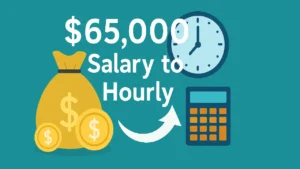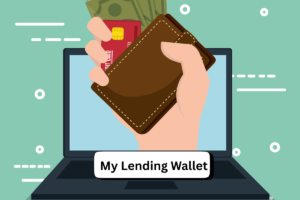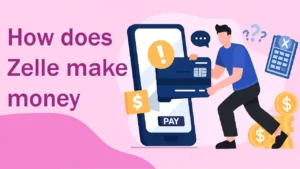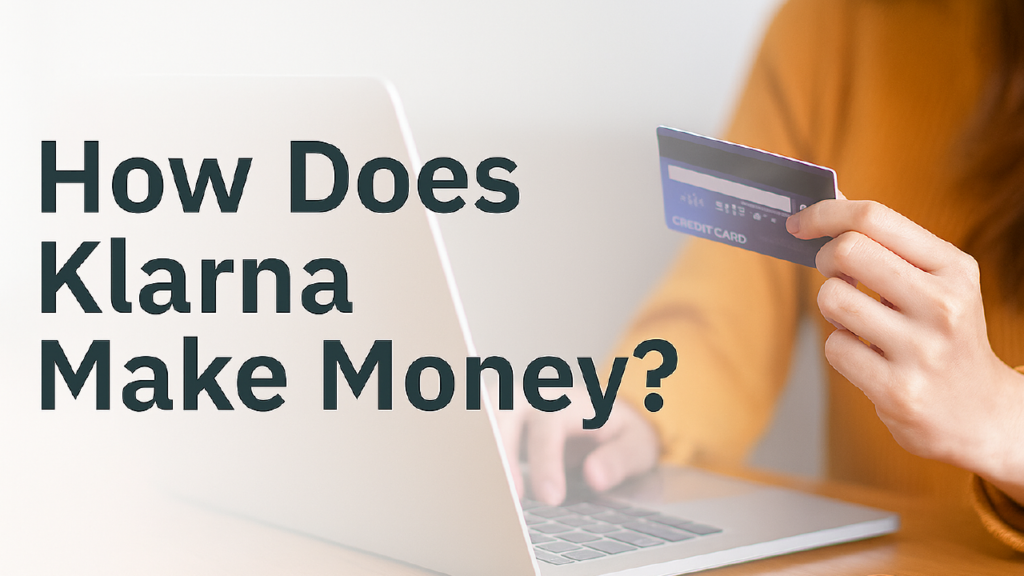
But have you ever wondered how does Klarna make money when you are allowed to shop now and pay later, which sometimes doesn’t make you pay interest?
It is one of the most renowned Buy Now Pay Later (BNPL) providers on the market. Having fundamentally transformed the way online purchases can be made.
But have you ever thought about how does Klarna make money when it allows you to shop now and pay later, and charges you no interest in most cases?
Well, Klarna is also not just a payment solution. It is an all-out fintech company that transacts on a multi-sided business model.
This translates to the fact that Klarna generates income through a variety of means. Such as merchant fees, financing interests, subscriptions, advertising revenues, and interchange costs, among others.
And which app do you use? It is an intelligent money-making machine that is created in your favor as well as that of the merchants.
Let us deconstruct it all.
What is Klarna: overview and market figures
Klarna is not only a BNPL application – it is a Swedish financial technology monster that is redefining the checkout experience.
Klarna can be considered your flexible payment tool. Regardless of the sneakers you need, the skincare you want to buy, or the tech you have to shop for, with Klarna, you can now pay over time and interest-free (with most of the options) in the app.
However, Klarna does not limit itself to payment.
Its app also includes shopping discounts, brand offers, special features, and even financial management options, all of which are to help make spending easier and more intelligent.
It is not only growing, but it is booming.
A few statistics to get an impression of the scale of Klarna:
- There are more than 150 million users in the world
- More than 500,000 (merchant partners) (H&M to Sephora, Etsy, Nike)
- Transacts more than 2 million transactions daily
- Having an estimated value of 6.7 billion dollars by the year 2024
- It has operations in more than 45 countries such as the US, the UK, Germany, and Australia
The Klarna company has a business model that is much more versatile than it may seem: having its own Klarna Card, a brand-new subscription-based service, and its advertising platform as a tool to fuel customer activity, the company has an instrument of work to deal with.
But rather than that, are we not more interested in finding out how does Klarna make money as well as understanding why it is an avenue that is on the rise both among its users and those who are investing in it.
Klarna business model
Klarna is not only a payment app, but it is a fintech innovation and an example of mobile app development mastery
The best part about the Klarna monetization model is that this is simple. Customers can shop anywhere and anytime, and vendors can pay the price to gain additional sales. However, Klarna does not stop here.
Be it the merchant transaction fees or the ability to finance, the in-app advertising, or the paid subscriptions available at the Klarna Plus level. This company has been able to construct a set of revenue opportunities that are scalable and long-term sustainable.
The reason it starts to be interesting with Klarna, what makes Klarna apps generate revenues, is that each swipe, interaction, or split payment is positively something that could become an event of potential revenue.
Today, Klarna is a smart moneymaker: it takes money on card swipes, affiliate partnerships, and progressive functionality that do not load the customer down.
What is the Revenue model of Klarna?
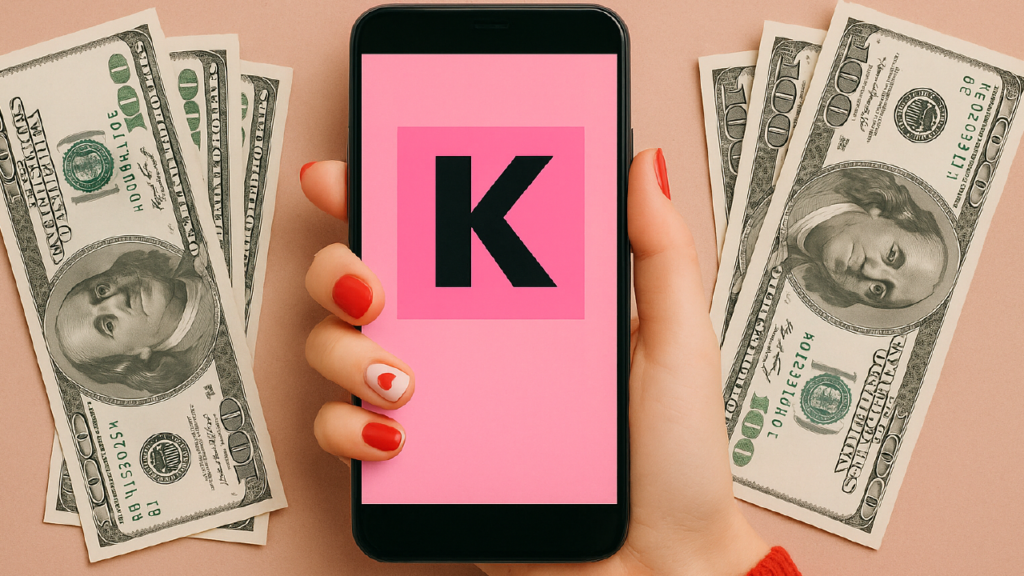
Using Klarna as a shopping app is such a dream because of the ability to pay in parts, not to pay interest, and an amazing checkout process. Klarna is, however, not a charity. It runs on a background of a revolutionary, multi-faceted revenue system.
In order to clarify, we shall dismantle Klarna’s monetization model and examine how does Klarna make money and is still easy to use.
Basic Revenue Streams (Merchant Fees)
Thus, we shall start with the greatest driver of revenue at Klarna, which is merchant fees.
In the virtual world, Klarna is linked with over 500,000 merchants across the globe.
When making a purchase using Klarna through an application, these retailers charge a fee on every single purchase made through Klarna. Whether such a shop is a large-scale e-commerce mother company like H&M or a small-scale retail shop.
Why? Yet, Klarna improves its sales.
This is the way Klarna is making merchants into winners:
- Increases average order value up to 41 percent.
- Decreases the cart abandonment rates
- Appeals to the younger, credit-averse consumers
- Gives zero-risk instant credit to the consumer and no risk to the merchant
- Klarna is built on the idea of providing convenient, quick payments to convert stores.
Interesting fact: Klarna profits on a commission basis between 2% -5% of each sale, depending on the merchant and region.
Conclusion: How does Klarna make money?
Klarna did not stumble upon its success; it came about due to its strategic approach, flawless UX, and varied revenue segments.
Wondering how does Klarna make money? It will do it on all fronts: merchant fees, subscription, advertisement, interest, and more.
It is a blueprint worth studying by startups. The bottom line is that? Play by Klarna and find out more about several monetization models of Klarna, which benefit the users and partners.
Being in the BNPL market or developing your own app lending money. Klarna shows that the actual fintech secret to success is to mix convenience and monetization.
FAQs About How does Klarna make money?
How does Klarna make money?
Klarna uses substantially operational revenues to make money, and that is based on the frequency of transactions charged by the merchants. The interchange fees that they obtain on the debit cards in their possession. And the interest rate charged on cash that is deposited in their customer accounts.
What makes Klarna different from other BNPL services?
Such unique selling points of Klarna are its highly integrated technological features. Among which ChatGPT is a plugin, and its approach to consumers, emphasizing their power and sustainability.
Is Klarna a global service?
Yes, Klarna has many countries of operation, and it offers customized services that suit different markets across the region.
What are Late fees at Klarna?
Klarna has a fee of seven dollars to pay past due in the United States, which can be described as small in comparison to other BNPL providers.


